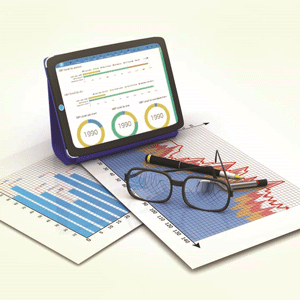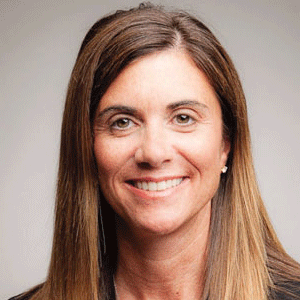THANK YOU FOR SUBSCRIBING

Business Demands Blending of Business and Technology as a Whole
Tarun Bali, Head-IT, The Body Shop


Tarun Bali, Head-IT, The Body Shop
Adaptation and Business Case: Every industry small or big has to understand that technology is the only answer to make business sustainable, complaint, and viable. To stay competitive and successful in market, enterprises have to ensure substantial business scale, cost reduction, process optimization, data accuracy, consistency, adaptation for high velocity of change, and of course timely execution of services and efficiency in products developments. This can be achieved by implementing ERPs because these applications are built on best industry practices with consistent data, product, and service deliveries with seamless department connect. This also ensures data accuracy by avoiding multiple facts of information held with silos departments. Most of the ERPs are configurable to adopt changes as per business needs without going into major customization.
Once the process is right, analytics, CRM, and mobile can add digital flavor to it. After GST is in place which is being built on digital platform requires consistent and quick information flow from industries to authorities so it becomes almost mandatory for industries irrespective of size to ensure their readiness to become compliant and beneficiaries.
Commercial Viability: Traditional on-premise ERP implementation and support requires high investment on hardware, application, and manpower which sometimes becomes non-viable and expensive for SMEs. Last option is to depend on silos application with a lot of manual working in complex application environment. For every problem there lies the opportunity which helps IT companies to re-strategize their business model to become cloud solution providers with rental based application delivery model offering solutions as services like Hardware, Platform, and Application on Cloud. Commercials are derived on monthly Opex model as per subscribed feature and usage putting less pressure on cash flow and are scalable.
Global Competiveness: SMEs have to compete with big domestic players as well as global companies who are setting local manufacturing units with high depth in technology implementation.
Traditional on-premise erp implementation and support requires high investment on hardware, application, and manpower which sometimes becomes non-viable and expensive for smes
Fragmentation of ERP Software: By definition, fragmented business software applications may cause problems as departments are forced to navigate through multiple silos applications. This slows down processes, reduces agility, and increases opportunities for errors. Concept of cloud ERPs are no longer the product of one vendor and work as fragmented applications featuring multiple modules hosted on different locations and environment. But it can be connected with each other creating one single unified view. These module specific cloud applications are originally built on platform sharing model to help organization for creating one ecosystem independent of language, OS, and hardware. One size cannot fit all as businesses are forced to use multiple applications and providers.
Digital Transformation, IoTs, and Big Data Readiness: ERPs are initially developed for internal workforce and stakeholders within confined place and timings. But rising cloud infra with the proliferation of digital, Big Data, and Internet of Things demands traditional closed loop architecture approach to become more open, agile platform, thinking approach with readymade APIs and connectors to talk and share info with any complex application environments. New age ERPs are even adopting major change to become DRPs (Digital Enterprise Resource Planning) accessible to internal as well as external customers with 24X7 availability offering consistency ,transparency, and convenience.
Real-time data capturing through IoT appliances and passing just in time info to analytical cloud help enterprise to timely deliver products & services relevant to customers’ needs as timings are more important than product and service itself. Traditional ERPs should complement these new age applications and hardware by opening direct APIs to connect in seamless environment.
Conclusion: Cloud’s main shortcoming is the lock-in of company’s confidential data in the servers of third-party service providers, and the inability to easily accomplish tasks that require intersecting data from multiple such sources and failure of one may cause trouble for others.
Selection of cloud solution provider should be dealt carefully with reference check, market credibility, and their long term vision. Before subscribing for the services, one should ensure SLAs, NDAs, exit clause, data dispose policy on exit, and migration assistance with proper sign off. Data security certification and data access policies of internal employees should be thoroughly checked and evaluated before proceeding with final agreements. Cloud services must possess audit trail features with creation of logs for each and every transaction to track data access, change, update, and download. Information should be available as and when required by the business.
Operating since 1976, The Body Shop is a cosmetics and skin care company. With its headquarters in Littlehampton, United Kingdom, the company operates over have over 3000 stores in 68 countries












